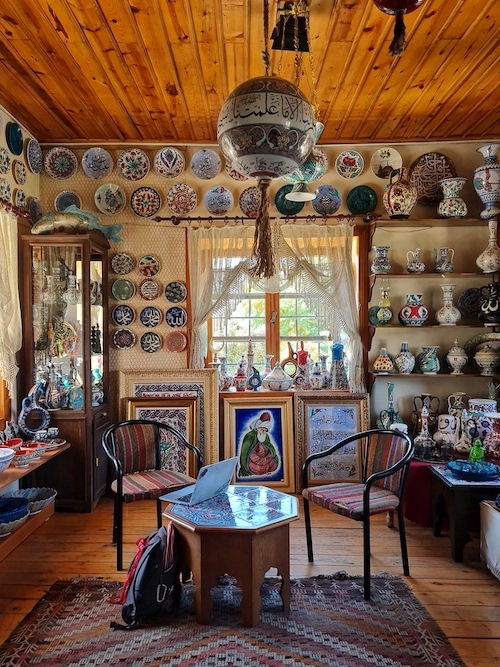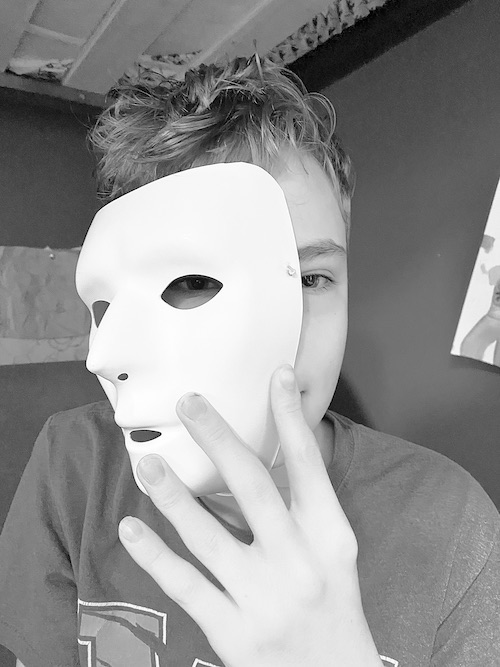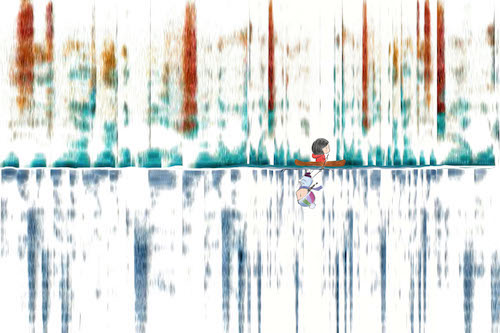
The University of Alberta Library, in partnership with the University of Alberta’s Faculty of Graduate and Research Studies (FGSR), is pleased to announce the 2023 winners of our Images of Research Competition and Exhibition (IOR).
We were thrilled to receive 89 spectacular submissions from a diverse pool of graduates, which made our judges’ tasks all the more difficult. The submissions were narrowed down to 24 images, which were then assigned a first, second, and third place. We were also delighted to receive numerous votes for our People’s Choice winner…spoiler alert, one student is a double-winner!
Congratulations to all who participated, and thank you to all who supported this year’s competition! Now without further ado, we give you our 2023 winners!
First Place

A Researcher’s Identity | Hande Gür, Anthropology
In the summer of 2022, I traveled to Türkiye, my country of origin, for a four-month ethnographic research project on the rise of Sufi -mystical Islamic- practices among mainly young, middle-class women of Turkish origin. Throughout my fieldwork, I repeatedly asked my interlocutors the question, “Can you tell me about yourself?” Little did I know that there would come a time when I would need to retreat to a quiet room, retrieve my laptop, and turn the same question inward.
Anthropological fieldwork traditionally involved going to a ‘foreign’ place and describing ‘the other’ to academia upon return. However, studying a religion historically constructed as ‘other’ to the West requires self-reflexivity. As a young Turkish woman and daughter of a Sufi practitioner, I found myself questioning my position as an insider or a researcher in the field. With no one else to turn to, I took a seat and asked myself, “Can I tell a little bit about myself too, please?”
Second Place

Masks that Hurt | Sheri Klassen, Occupational Therapy
This is a picture of my son wearing a mask. The picture was not easy to take – he is on the autism spectrum, and not only did he find the mask irritating, but he also had a hard time holding it to his face and looking at the camera. After he agreed to have the picture taken, I knew I only had a moment. And yet I happened to capture him looking at the camera through the mask.
Autistic youth, my son included, are often told to put on masks. Unlike the one pictured, these are virtual masks that health professionals use as a treatment to replace autistic tendencies with behaviors that are considered “normal”. Autistic self-advocates call this phenomenon “masking” and worry that it may do more harm than good. The sustained effort of opposing one’s natural tendencies has been shown to cause increased anxiety, exhaustion, loss of skills, and suicidality. My research will explore how a commonly used intervention for autistic youth, called social skills groups, influences their perception of self-esteem and well-being. By centering the voices of autistic youth, and their experience of learning to mask, I hope to promote awareness of how best to support these individuals.
Third Place and People’s Choice

Speech-Print | Lujia Yang, Communication Sciences and Disorders
“I feel like a different person when speaking another language.” a sentiment shared by many multilingual individuals. The mystery of such identity shifts may lie in the nuances of speech sounds. Just as everyone has a unique fingerprint, each of us also possesses “speech-prints”.
The image displayed here is my “speech-print”, the spectrogram of sentences spoken in two distinct languages. As a Mandarin-English bilingual, I feel profoundly different when speaking each language, and losing either would be like losing a part of my identity. Speaking Mandarin feels like taking a leisurely boat ride through a colorful landscape – relaxed and shiny, while speaking English feels like skiing down a steep mountain, where I must be brave and cautious at the same time. Despite these differences, the speech in both languages blends in certain ways and forms who I am. Like many other bilinguals, Losing either of these languages would be like losing a part of my identity.
Canada boasts over 200 languages. While considerable attention has been paid to teaching major languages, preserving heritage languages has received less attention. Through the collection and interpretation of speech from individuals with varying backgrounds and experiences, my study aims to investigate how individuals’ experiences shape their speech and how we can protect minority languages and their cultural heritage.
Would you like to view all of our 2023 submissions? Please visit our website for the following:
About Images of Research:
The IOR competition, digital exhibition and showcase for semifinalists preserves graduate research in digital form, providing an opportunity for graduate students to communicate their research in a different medium and capture the attention of new audiences. All IOR semifinalists and winners will have their submissions deposited into ERA, our education and research archive.https://sites.library.ualberta.ca/ior-2020/winners-2023
Thanks for joining us today! Love us on the blog? Then you’ll love us on social media! Check us out at @uofalibrary on Instagram, & Twitter!
This content is licensed under a CC BY-NC-SA 4.0 Creative Commons license.
